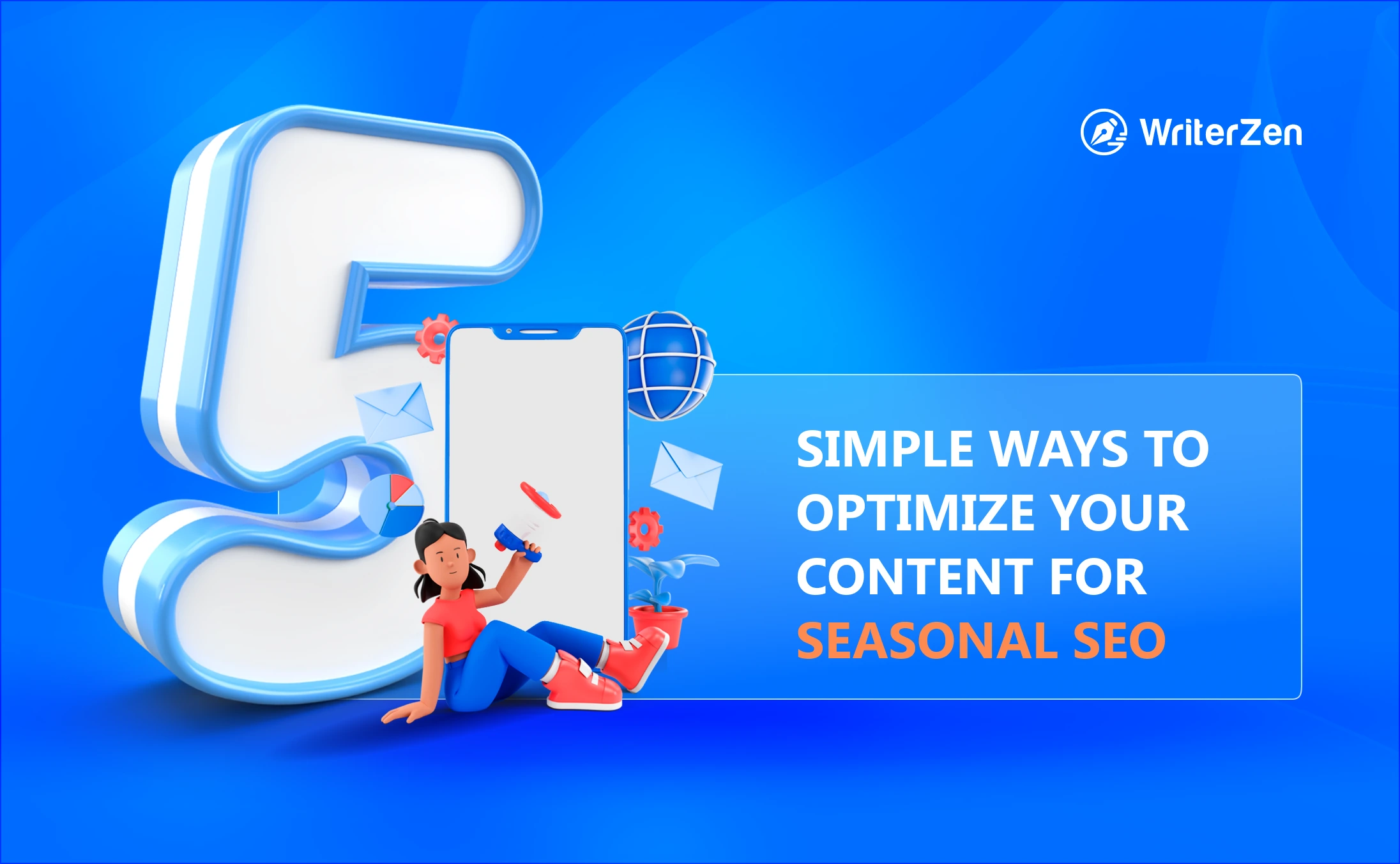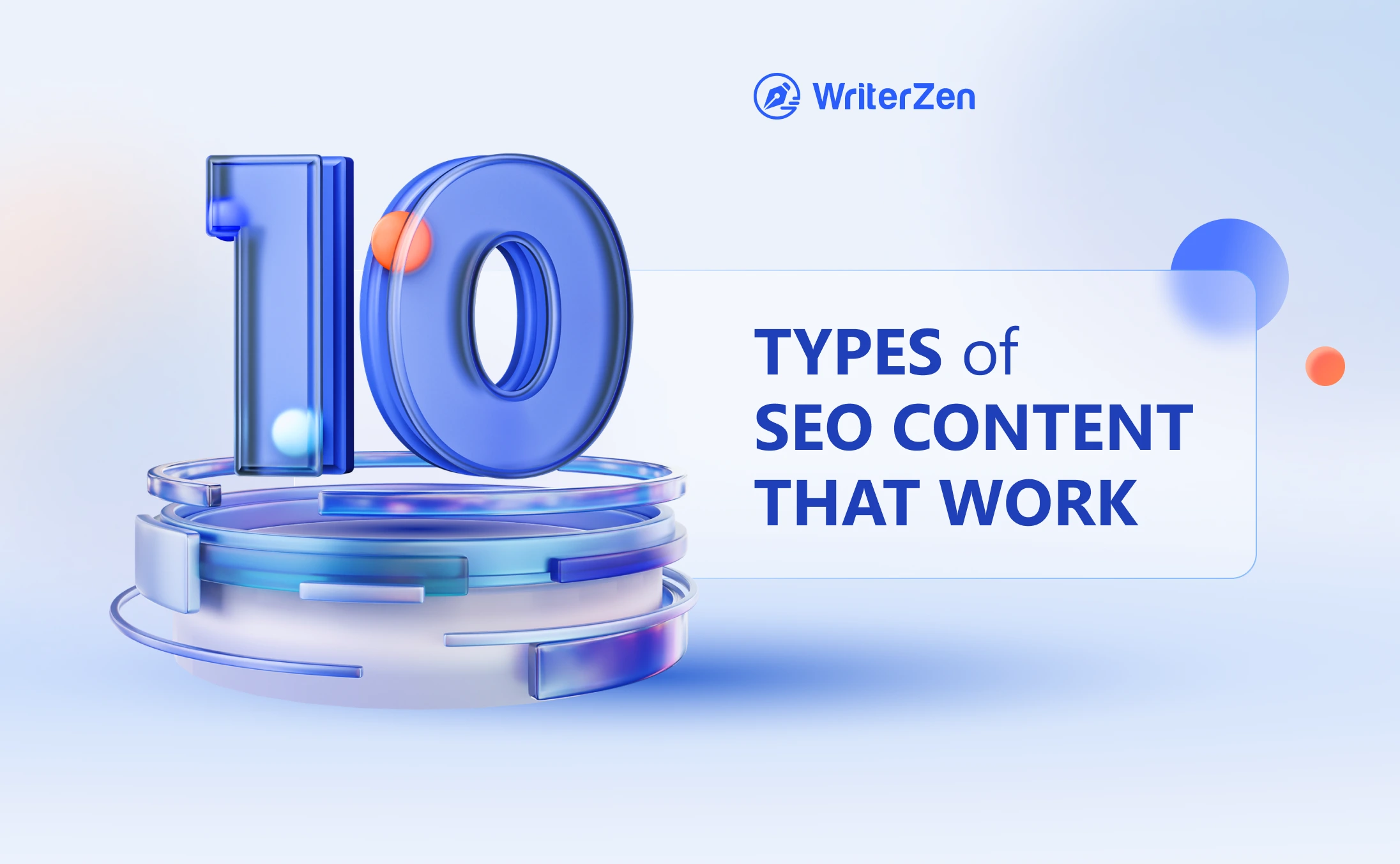Every year, your users will change their minds about what they're looking for and what they want to buy online. There are some products and services your customers will need or want all year round, while others will only be popular at a specific time of the year.
This is why seasonal SEO is an essential part of an SEO digital marketing strategy. Optimizing your content for each occasion will help your brand reach a wider audience when they're looking for a particular product or service in a particular season.
In this article, we will further explain what seasonal SEO is and why it's important. We will also share different strategies for finding trends and optimizing your content for seasonal SEO.
What Is Seasonal SEO?
Seasonal SEO refers to the practice of optimizing your website and content to align with specific seasons, holidays, or events in order to capitalize on increased search interest and consumer engagement during those times.
It involves strategically incorporating seasonal keywords, creating relevant and timely content, and adapting your website's structure and promotional strategies to meet the demands of seasonal trends.
For example, a clothing retailer might optimize their website and product descriptions with keywords like "summer fashion trends" or "holiday party outfits" to attract customers searching for seasonal clothing. A gardening blog might focus on keywords like "spring gardening tips" or "fall planting guide" to capture organic traffic during specific planting seasons.
Seasonal SEO also focuses on specific events that will push customers to purchase a particular product. For reference, Thanksgiving, Halloween, Christmas, etc.
Why Does Seasonal SEO Matter?
Seasonal SEO plays a crucial role in maximizing your website's visibility and capturing the attention of consumers during peak periods of interest. Here are some benefits of optimizing for seasonal SEO:
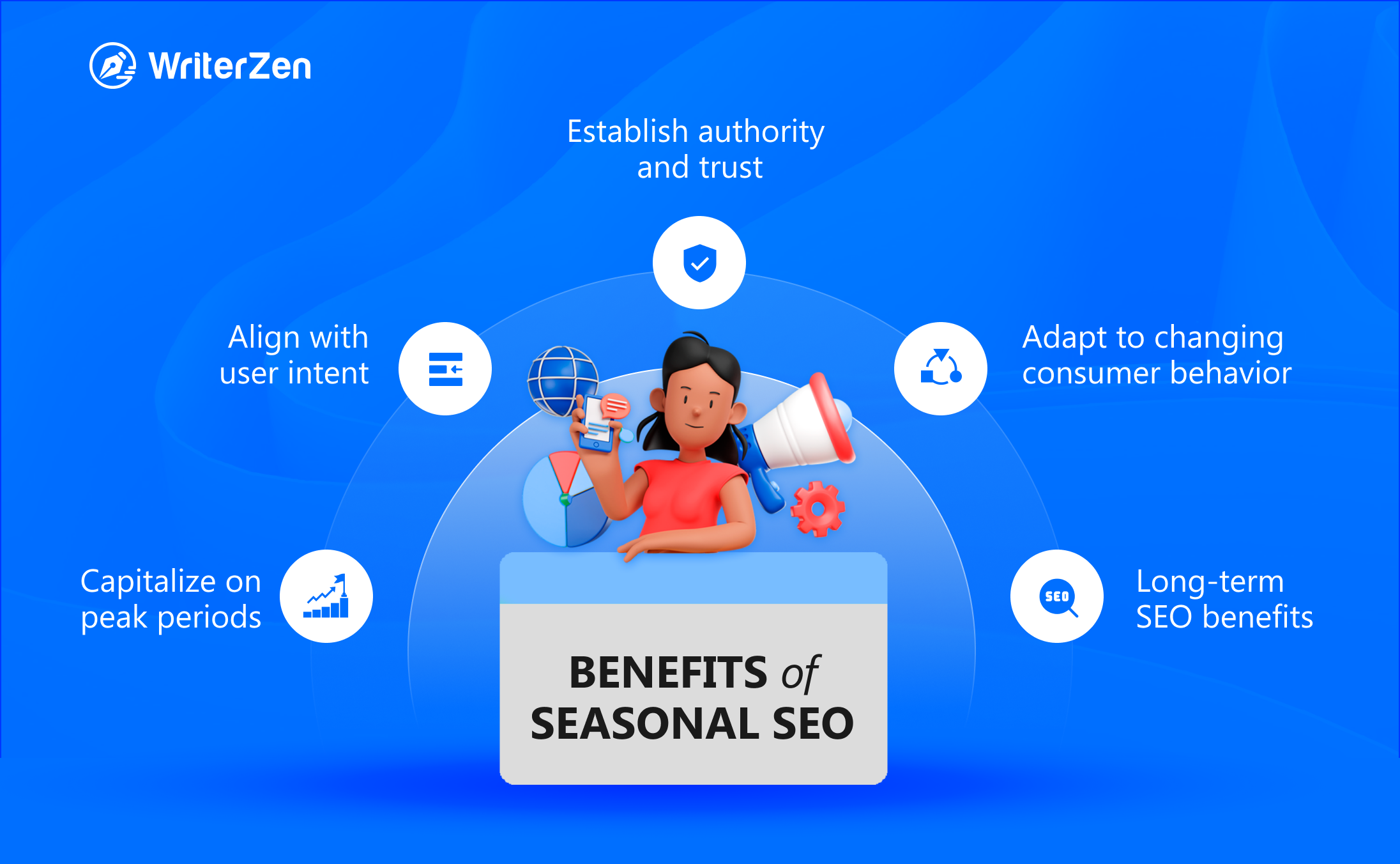
-
Capitalize on peak periods: Seasonal SEO allows you to target consumers during periods of high interest and engagement, maximizing your visibility and potential for increased traffic and conversions.
-
Align with user intent: By optimizing your website and content for seasonal keywords and trends, you can attract a highly targeted audience actively searching for relevant products, services, or information.
-
Establish authority and trust: Creating timely and relevant seasonal content positions your brand as an authoritative source, earning the trust and loyalty of your target audience.
-
Adapt to changing consumer behavior: Monitoring seasonal trends enables you to anticipate shifts in consumer behavior, identify emerging opportunities, and proactively optimize your strategies.
-
Long-term SEO benefits: Consistently delivering high-quality, optimized seasonal content improves your website's authority, relevance, and overall SEO performance, leading to higher search engine rankings and visibility.
So, how to catch up with the seasonal trends?
How to Find Trends for Seasonal SEO
When it comes to seasonal SEO, staying on top of trends is crucial to maximize your website's visibility and traffic during peak seasons. By identifying popular topics and keywords, you can optimize your content to match user intent and attract relevant organic traffic.
Here are three effective strategies to find trends for seasonal SEO:
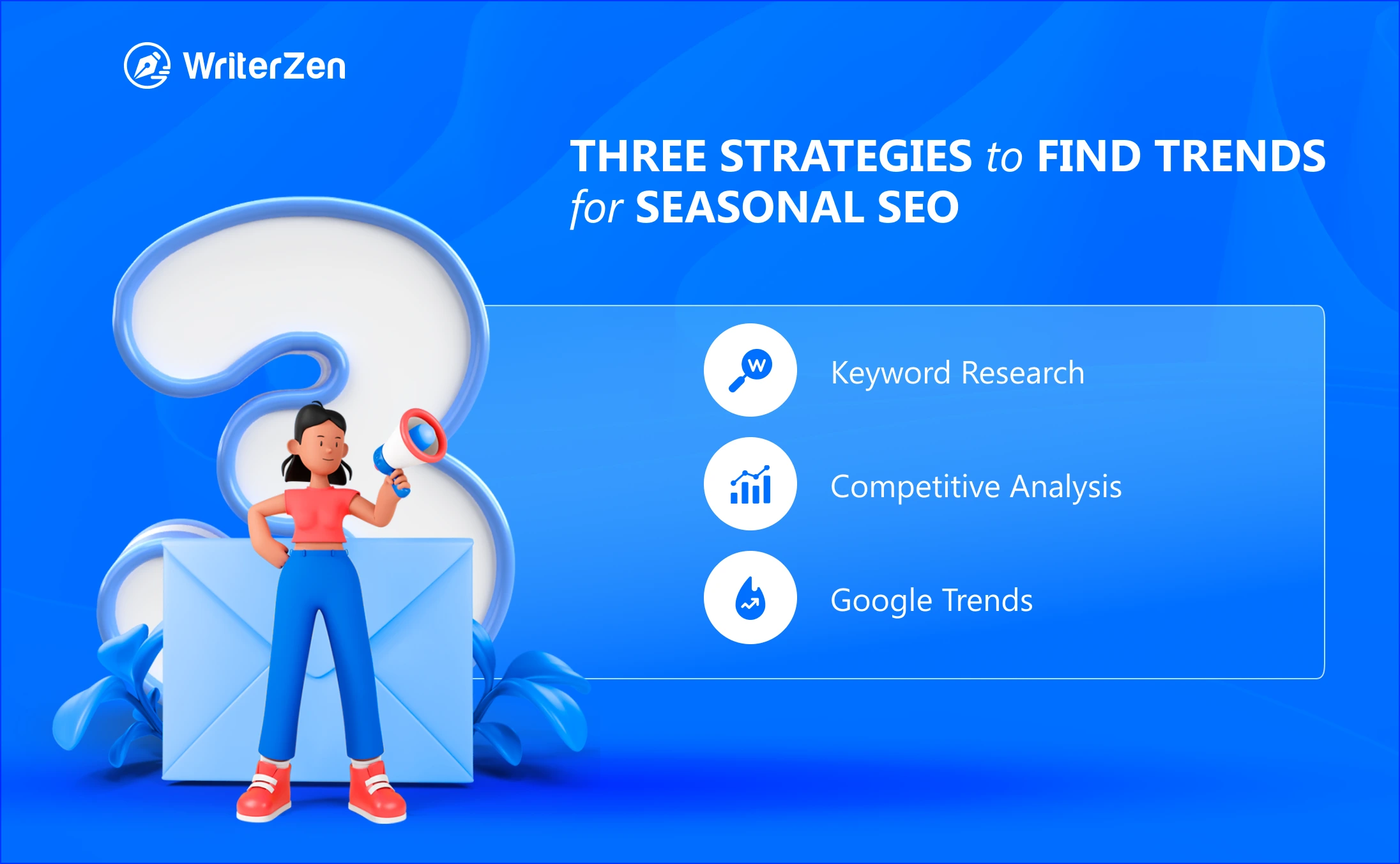
Keyword Research
Researching for relevant keywords is the foundation of any successful SEO campaign, and it's particularly important for seasonal SEO. Look for keywords related to your niche and filter the results based on search volume and trends.
Pay attention to specific seasonal terms, such as "summer fashion trends," "holiday gift ideas," or "spring gardening tips." These keywords indicate what users are actively searching for during specific seasons.
Additionally, monitor social media platforms, forums, and online communities relevant to your industry. Pay attention to discussions, hashtags, and popular topics that emerge during specific seasons. Tools like BuzzSumo or Brandwatch can help you identify trending topics on social media.
By incorporating these trends into your content, you can capture the attention of your target audience and align your website with popular search queries.
Competitive Analysis
Analyzing your competitors' strategies can provide valuable insights into seasonal trends.
Identify your main competitors and analyze their websites, blogs, and social media profiles. Look for content related to seasonal events, promotions, or trends that are generating high engagement and visibility. Take note of the keywords, headlines, and topics they focus on during peak seasons.
You can also use SEO competitor analysis tools like Moz, SpyFu, or SimilarWeb to gain deeper insights into your competitors' organic and paid search strategies. These tools can reveal the keywords they are targeting, the landing pages driving the most traffic, and their overall search visibility during different seasons.
By leveraging this information, you can fine-tune your own seasonal SEO approach and create content that outperforms your competitors.
Google Trends
Google Trends is an invaluable tool for discovering seasonal trends and identifying rising topics.
Start by entering relevant keywords or topics into the Google Trends search bar. You can specify the search period, region, and category to narrow down your results. Google Trends will provide you with a visual representation of the search interest over time and related queries that are currently trending.
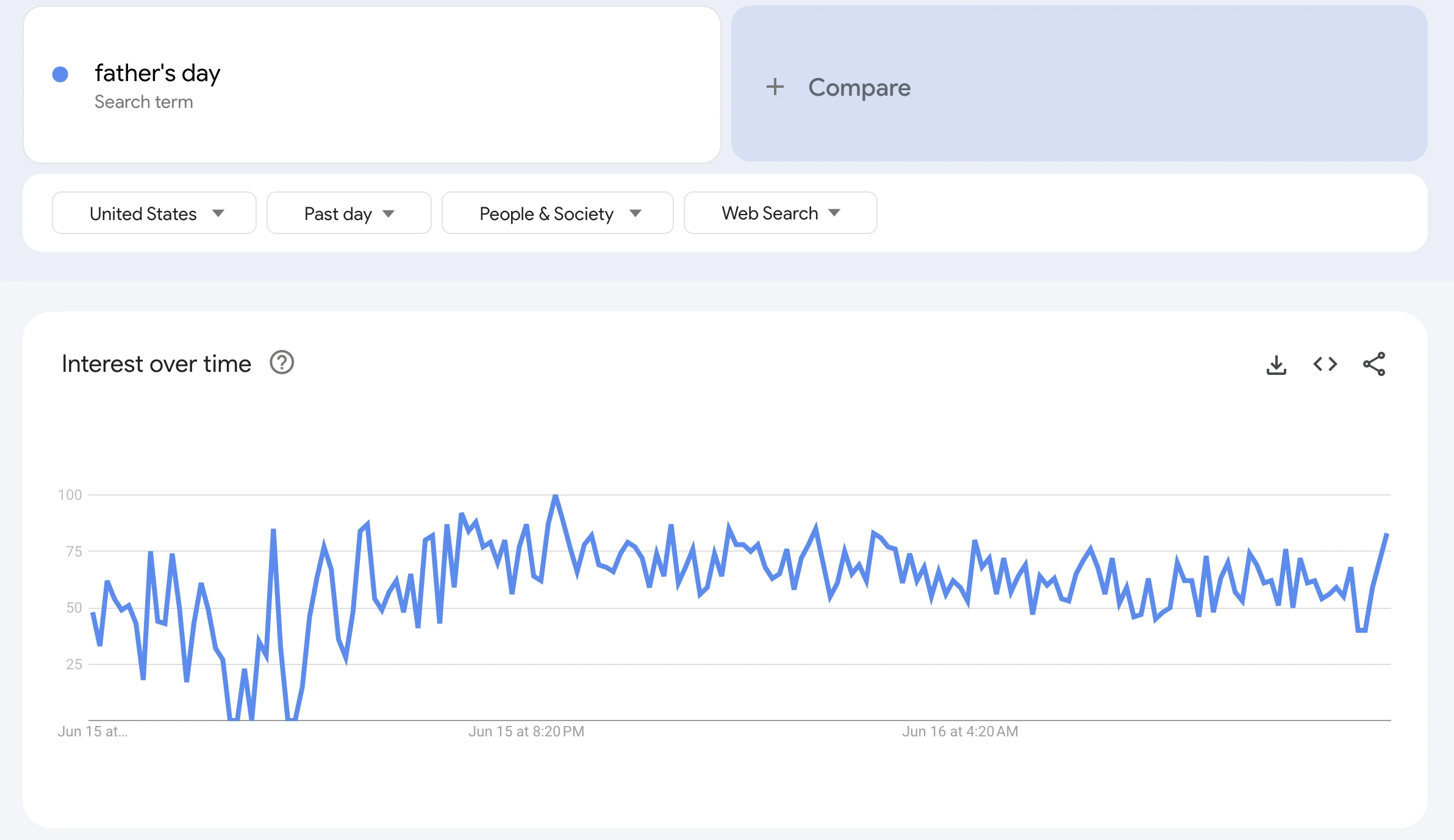
Pay attention to the “Rising queries” section, as this can indicate emerging trends in your industry. By incorporating these rising topics into your content, you can position yourself as an early adopter and generate significant traffic.
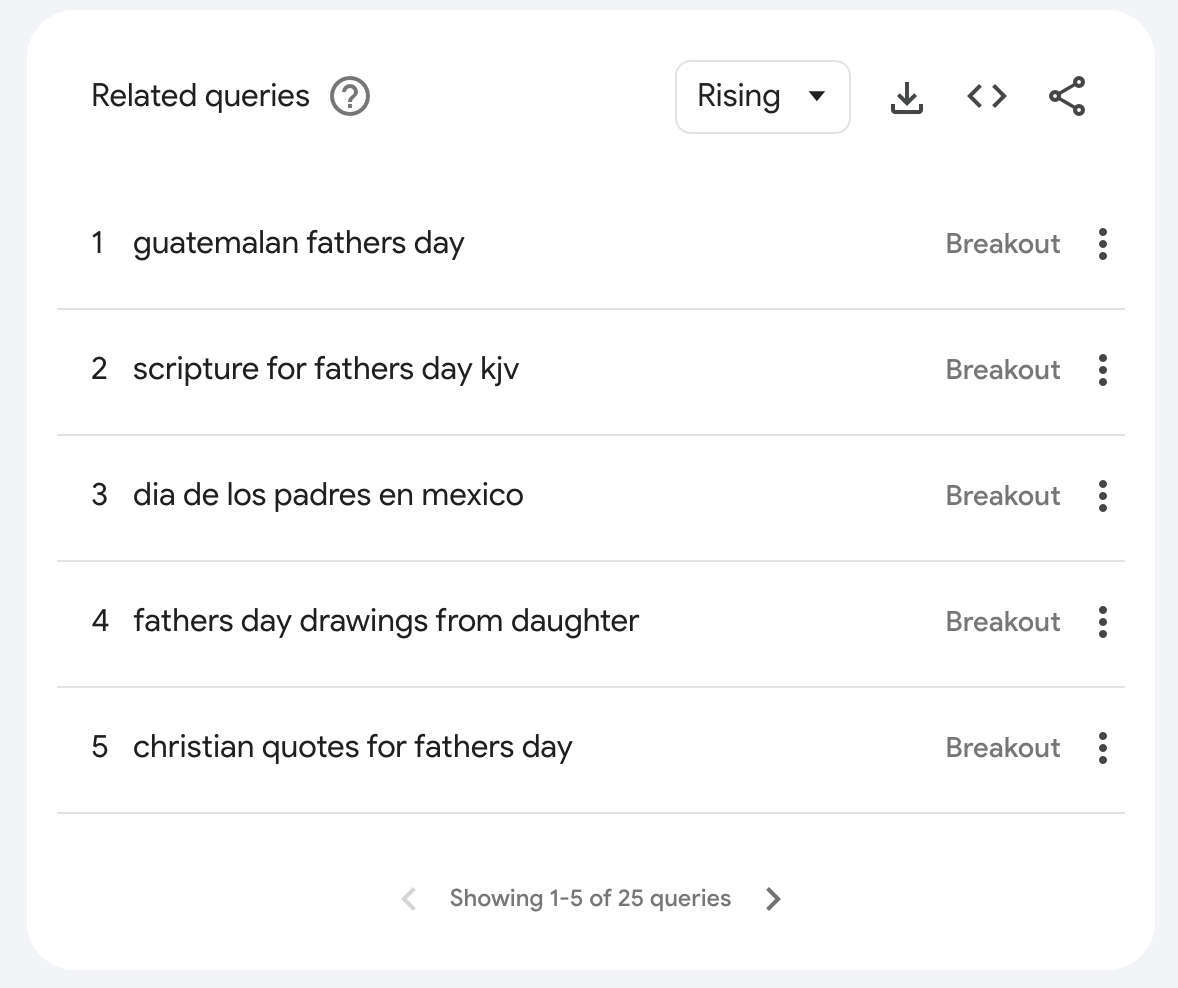
Furthermore, you can compare search interest for different years to identify recurring patterns and anticipate upcoming seasonal trends.
How to Optimize Your Content for Seasonal SEO
It’s time we put what we’ve found into action.
Optimizing your seasonal content does differ from how you'd optimize your evergreen content. Let's take a look at these five tips to help you optimize for seasonal SEO.
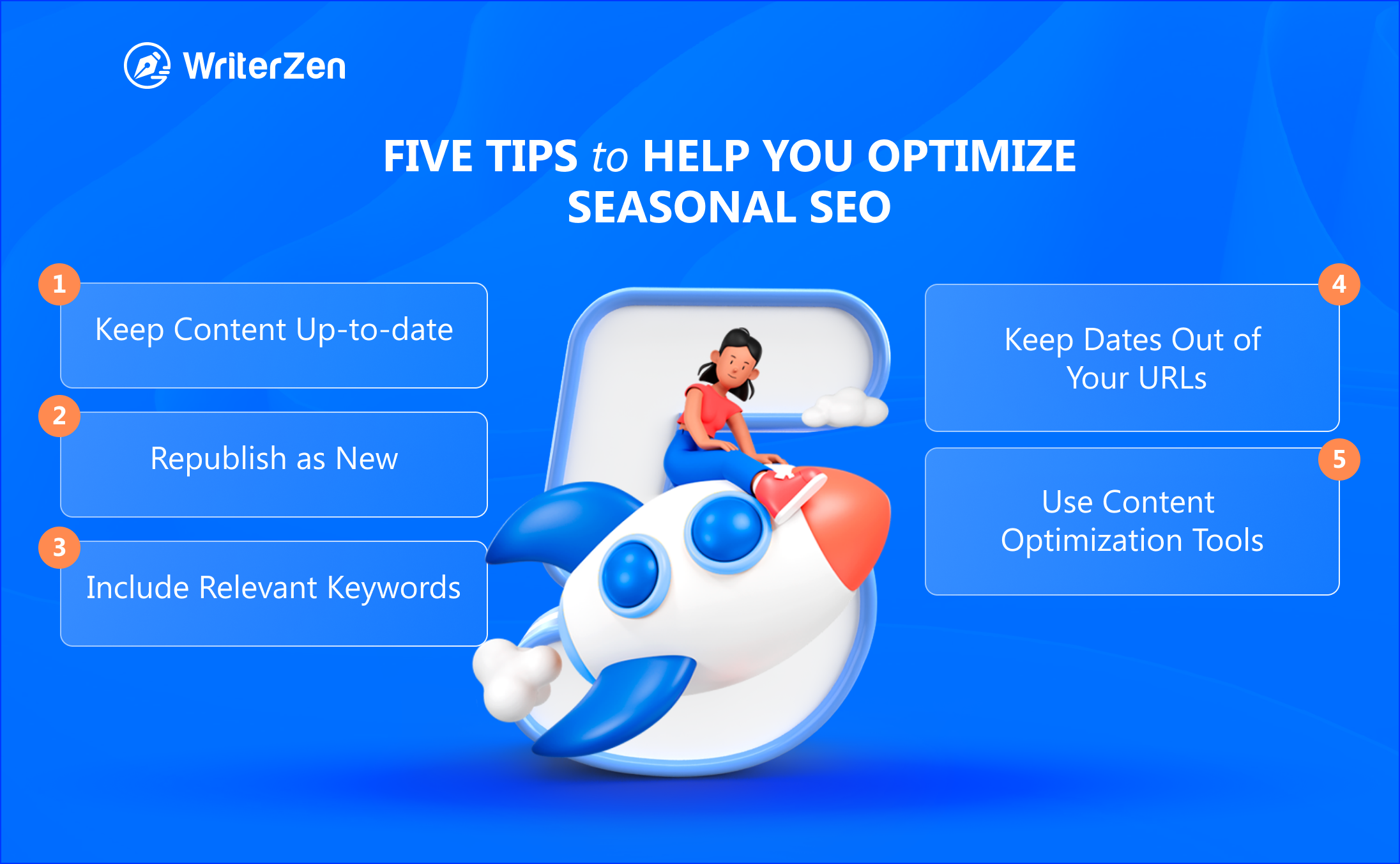
Keep Content Up-To-Date
One of the first things you can do to optimize your content for seasonal SEO is to ensure that the information in your seasonal content is up-to-date.
A good example is events such as Mother's Day or Easter, which don't fall on the same date yearly. For these holidays, you will need to update the information in your content.
Another factor to remember with seasonal content is to include timely references that happened in that particular year. You should also include any factual information related to that year, such as updated statistics. You wouldn’t want your content to mention a Black Friday sale for 2019 in 2022, would you?
And even if you have content that isn't related to a specific time or year, you can always update it with relevant information to give your old content some freshness. This information could include adding the current in the headline or H1, content or meta title, or even the meta description.
Republish as New
When rewriting and optimizing an old post, you still want your content to look fresh and new. You can do this by simply changing the publication date of your post in your content management system and then pressing publish.
This method will ensure your article stays "live" with the same URL. However, the post will show that it's been recently updated or published.
It's important to remember that you shouldn't schedule your season content for some time in the future. Scheduling your seasonal content means that your post will be drafted until that time comes. This means that this post won't get any traffic, and users will see a 404 error that follows that post's link.
Keep Dates Out of Your URLs
With SEO, especially seasonal SEO, many new marketers might wonder, "Do URLs matter for SEO?" The answer is yes; URLs are an important part of seasonal SEO. For optimizing your content for a specific event or time of year, you want to keep the dates off your URLs.
For example, some marketers might think it's a good idea to include a date for post URLs for Mother's Day or Christmas. The URLs could look like /best-mothers-day-gifts-2018 or /best-Christmas-dinners-ideas-2018.
The best choice would be to leave out the year in both examples shown above. For example, /best-mothers-day-gifts or /best-Christmas-dinners-ideas.
This is because any user who knows their way around the world wide web will look at the URL with a date or even a year and think that the post hasn't been updated since it was originally published.
Include Relevant Keywords
When you've updated your old content, you want to ensure that your updated content will get a high ranking. The best way to do this will be to include the relevant keywords in the updated post that weren't included before.
To include relevant seasonal keywords, you should use what you’ve found in the keyword research step above. You can also add a few sentences or a new section if needed.
With secondary keywords that you want to add or have already been included in your content, you'll notice that some of them might be more relevant than others. You might also notice that some of these keywords will have a higher search volume or be less competitive than your main keyword.
In these situations, you will want to optimize your seasonal post for a new main keyword. You must ensure that your post will rank and get more traffic than your previous main keyword.
Use Content Optimization Tools
There are very handy content optimization tools available to help you update your content for seasonal SEO, such as Google Search Console that we've mentioned above.
These tools, such as the Content Creator from WriterZen, are a great way to learn which keywords your competitors use and if you should add more keywords and sections to your post.
When using these tools, an important rule of thumb is not to follow their recommendations blindly. This is because while these tools are handy, they can't understand posts the way a human would understand them.
Final Thoughts
Seasonal SEO is essential to any digital marketing strategy. By optimizing your website and content for seasonal trends, you can attract a targeted audience, increase conversions, and strengthen your brand's online presence during crucial periods of heightened interest and activity.


